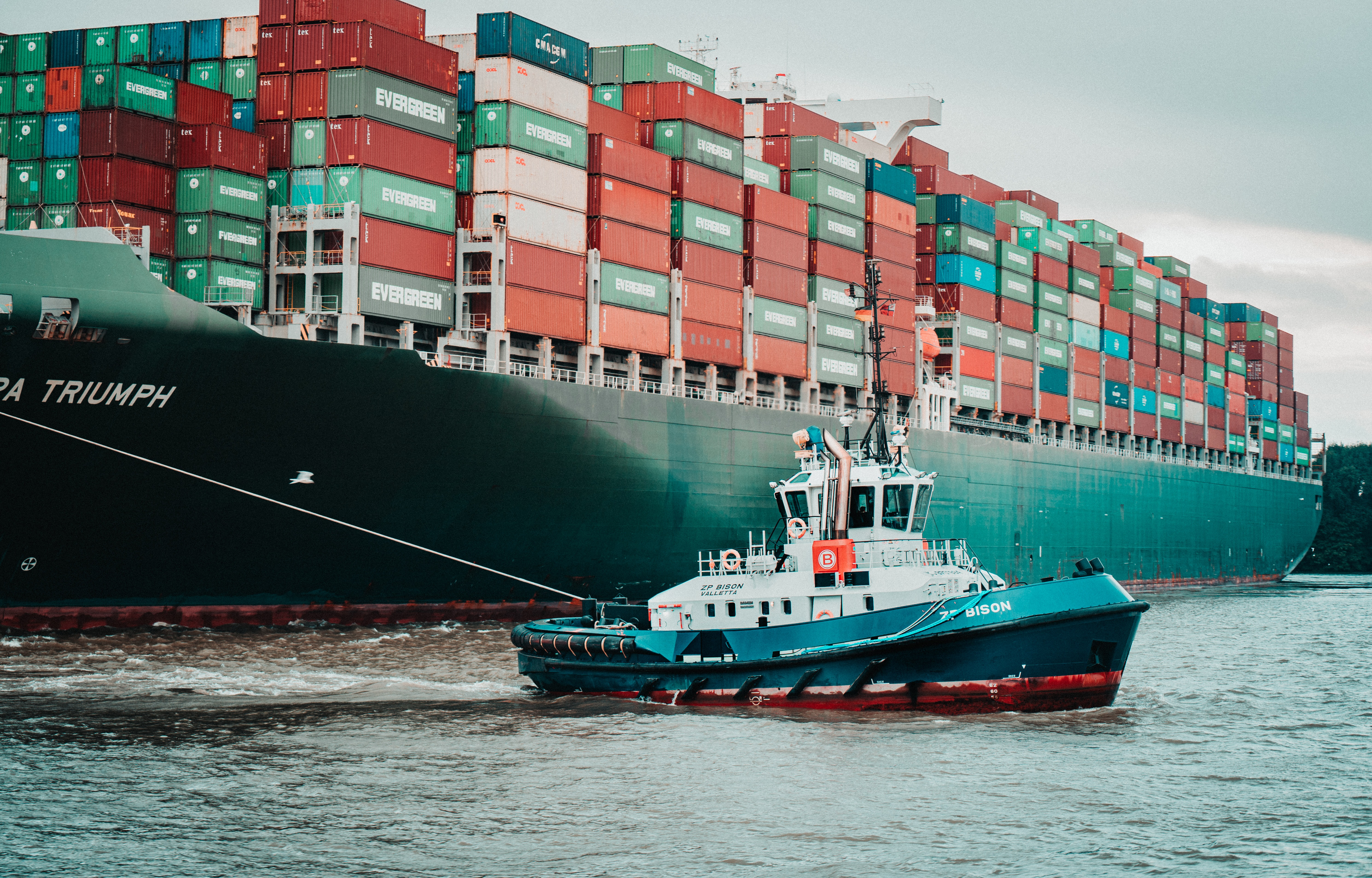On March 28th, 2022, Shanghai started going into a city-wide lockdown to combat the new spread of the omicron variant of Covid-19. The lockdowns were initially planned to end on the 1st of April for Pudong and neighboring districts, and on April 5th for Puxi. Yet, at the time of this writing, the lockdown is still in place with no clear end in sight.
The current situation
Shanghai has become the site of China’s largest outbreak since the identification of Covid-19 in Wuhan in late 2019. Since the surge of new cases began in early March this year, Shanghai has recorded more than 460,000 Covid cases [1].
The city encompassing lockdown and strict Covid measures have caused strong adverse effects to companies operating in China. Production is severely slowed down, the service sector has largely stopped with the exception of digital services and certain food deliveries.
The port of Shanghai is still up and running, but travel restrictions, waits and checkpoints, Covid test requirements, and potential quarantine have caused severe delays and congestion in the port [2]. The average time imported containers spend idle in the Shanghai port has more than doubled to 8.3 days, and daily truck volumes moving through Shanghai were down by 70% early last week [3]. Delivery companies have further had to use several drivers to get one container across borders through a “drop-and-pull” strategy, significantly raising transport costs [4].
The logistics numbers from April 11th show that a total of 477 bulk carriers were waiting at east China ports to load and discharge cargo, of which 222 are outside of Shanghai and 134 in the nearby city Ningbo [5]. The European Chamber of Commerce in China further stated that Shanghai port volumes were down 40% by mid-April [6].
In a nutshell: Covid restrictions have created significant supply chain disruptions, delays, and cost increases felt by companies both inside and outside of China.
What Industries are Especially Affected?
The manufacturing industry is significantly affected by this lockdown. Factories stand empty as the staff is confined at home. The automotive supply chain, for example, has been affected in several places. One of these is car manufacturing and assembly. 28% of Tesla’s Model 3, 50% of Li Auto ONE, and 36% of Xpeng P5 suppliers are based in Shanghai. Tesla’s super factory in Shanghai Lingang FTZ has previously suspended production twice due to epidemic control, on March 16th and 17th, and has further been fully closed from March 28th until Tesla’s restart preparations on April 18th. This early restart is due to being a “whitelisted” key enterprise. Other such companies include SAIC Motor, SAIC Volkswagen, and SAIC-GM [7].
Furthermore, disruptions are also found further up the supply chain, in certain specialty parts and materials. This includes, for example, the production of automotive-grade electrical steel, a key material used in electric motors. More than two-thirds of the global production takes place in China and South Korea, there are roughly 20 manufacturing sites globally that can produce automotive-grade electrical steel, with virtually none in North America [8]. Thus, continued lockdowns in Shanghai and China will significantly affect domestic and overseas production and supply of especially electric vehicles. However, automotive is not the only sector hit by the lockdowns.

Shanghai’s main exports consist of electronics and high-tech products, including semiconductors. Shanghai’s integrated circuit industry accounted for 23% of the country’s total in 2020 [9]. This round of Covid prevention measures will likely severely affect the export of such electronic components in Shanghai. Some of Shanghai’s orders may be absorbed by the South Korean semiconductor industry, whose exports already rose sharply in March when the outbreak started [10], but shortages are expected.
Outlook
As the spread of Covid is not yet halted in China, measures are expected to continue in Shanghai and other cities. This means more disruptions to the China supply chain, which will in turn affect the global supply chain and economy.
This will have a significant impact on global business operations and the world economy. The need to prepare, adapt and manage these lockdowns has unfortunately become a necessary skillset for each manager.
Our view & experience
These types of risks are generally hard to manage. The main requirement is to have people that can adjust quickly and actively look for solutions. This can be difficult, even for people that that have been in the same industry for years and are used to things operating “a certain way”. Managers have to keep very close virtual contact with their China teams, understand the challenges that they face and together work around the restrictions.
This means constantly managing the situation, setting relevant daily/weekly objectives, keeping close contact with the local logistics providers, chasing down suppliers and constantly looking for alternatives. Even when the challenge is great, a solution can usually be found.
During the last 2+ years of Covid, we have actively helped our portfolio companies adapt and work around the Covid restrictions. We have directly assisted with the setup and maintenance of logistics routes and supplier networks, revitalizing partnerships, managing local operational, and more. The situation is different for each company and each situation requires a tailored approach. This makes it difficult to share concrete solutions.
We will keep close track of the situation, as our team in Shanghai is in the center of it and share further insights as we learn more. In the meantime, if you are facing similar challenges and seek support, please feel free to contact us.
Sources
[5] https://gcaptain.com/bulkers-stuck-waiting-china/
[6] www.reuters.com/breakingviews/global-economy-braces-china-inflation-shock-2022-04-14/
[7] Shanghai Municipal Commission of Economy and Informatization: http://www.sheitc.sh.gov.cn/
[8] IHS Markit: The Great Supply Chain Disruption: Why it continues in 2022
[9] China Semiconductor Industry Association: http://www.csia.net.cn/Index.asp
[10] Sealand Securities: How Huge is the Impact on Exports Under the Epidemic?
